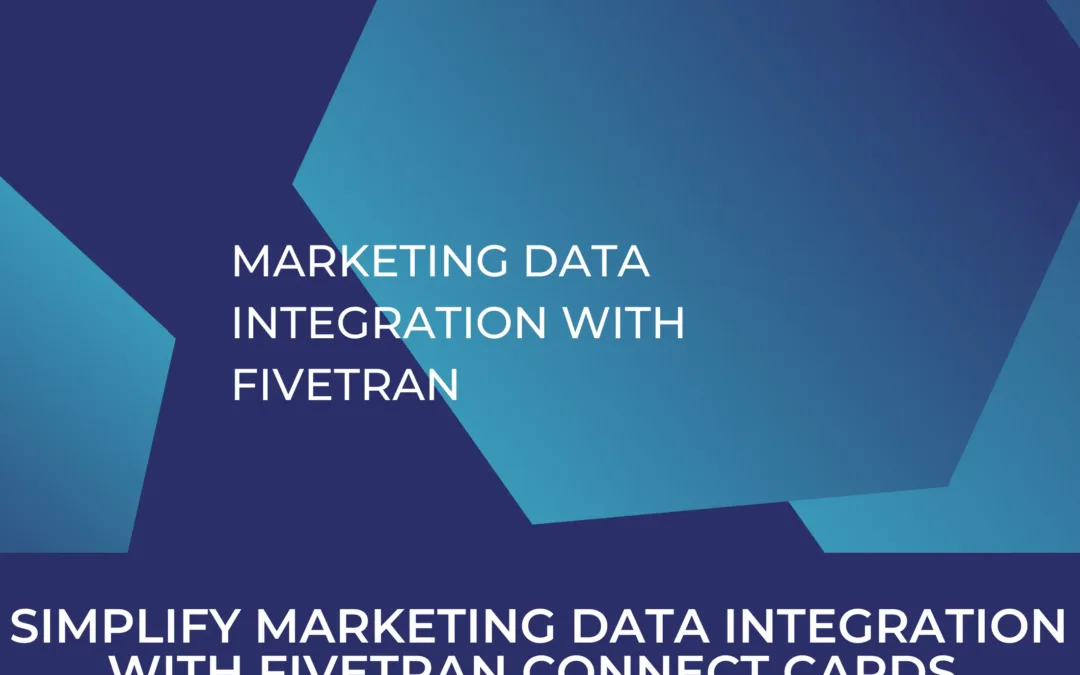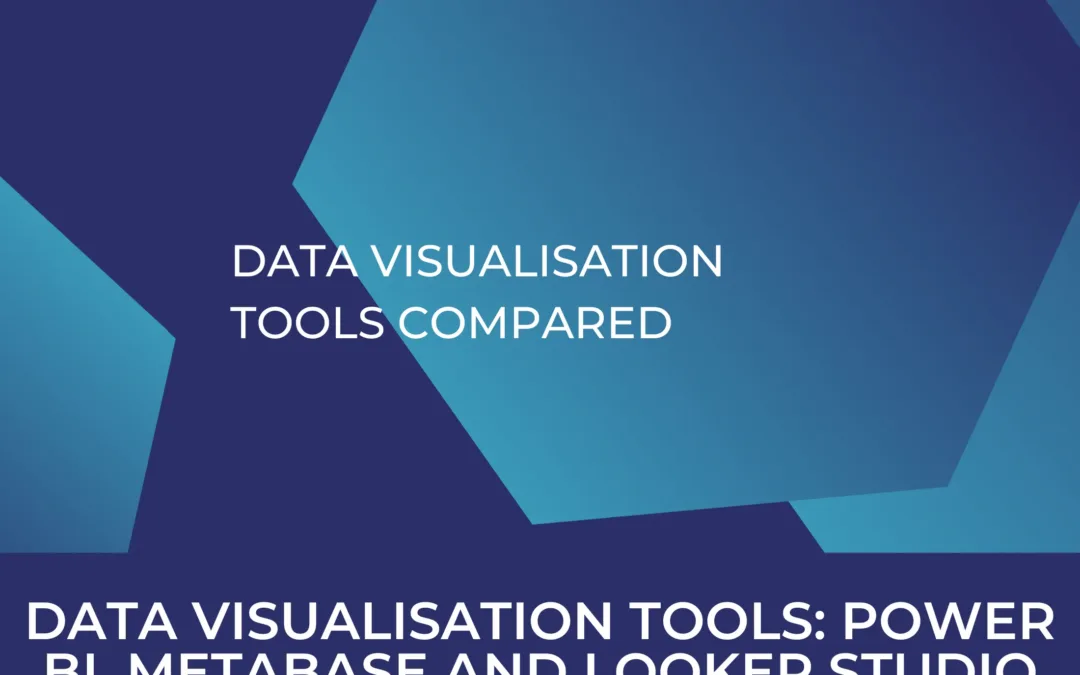ETL OR ELT? What Should I Use?
If you are in any way involved in Business Intelligence you will hear the term ELT or ETL quite a bit. It describes a process necessary to make data usable within Business Intelligence. In the following article we’ll go over what ETL and ELT mean, what the difference between the two is, why you need a proper tool in your set-up and how to choose the right tool for you.
What does an ETL/ELT Tool do?
Extract, Transform and Load (ETL) or Extract, Load and Transform (ELT) tools are key components of a solid business intelligence system as they pull data from various places to prepare information for further analysis. These tools pull information from all kinds of sources such as customer databases, sales platforms and social media analytics.
A definition: ETL stands for Extract, Transform, Load and is a process where data is retrieved from various sources, cleansed and reformatted and loaded into a central database or data warehouse. This ensures that companies have consistent, organized and accessible data for reporting and analysis.
What happens in the different phases of ELT/ETL?
The “Extract” part is where all the important information is collected. The “Transform” part is then processing the raw data so that it works with your underlying setup – in other words, it translates the different data languages into one universal language. Finally (at least in this case), the “Load” step ensures that this processed data is stored in a central location such as your data warehouse.
The difference between ETL and ELT is whether the transformation takes place before or after loading into the warehouse. In the case of ETL, the data is transformed first and then loaded. With ELT, raw data is loaded first and then processed in the warehouse. Either way, the goal is the same: a unified view of all your data so you can create insightful reports and visualizations.
Why it is crucial to have a proper ETL-solution in place
Data Integration: ETL enables to retrieval and merge data from multiple, often highly diverse sources and systems (such as CRM, ERP, databases, etc.) so that there is always one version of truth in the warehouse. Integrating data in this way is key to gaining meaningful insights.
Data Quality and Consistency: Inconsistencies, duplicates, errors, etc. can be resolved during transformations. This will ensure clean, reliable, and high-quality data in the warehouse, making analysis and business decisions more accurate.
Historical Data Analysis: ETL tools can process and scale large amounts of data as an organization grows. They also make it easier to update or add new data sources, keeping the warehouse up to date without manual work.
Performance and Efficiency: By preparing and transforming the data before loading it into the warehouse, centralized analytical queries can be performed more efficiently. This preparatory work also helps improve the data structures required for queries and reduces the workload for analysis tools.
Scalability and Maintenance: ETL tools can process and scale large amounts of data as an organization grows. They also make it easier to update or add new data sources, keeping the warehouse up to date without manual work.
Data Security: ETL processes can also help to improve security by hiding sensitive data or removing personal information before loading it into the warehouse. This is particularly important for European companies that need to comply with regulations such as GDPR.
Reduced IT Complexity: ETL tools often connect instantly to common data sources. This means less custom coding is required to add or change data sources, reducing the workload for IT teams.
Auditability and Compliance: ETL processes can be set up to keep clear records of how data is changed and where it comes from. This is particularly valuable for organizations that need to comply with industry regulations or standards, as it is clear where the data came from and how it was processed.
These additional benefits underline the many advantages of using ETL processes for data management. Fundamentally, ETL is critical to well-functioning data storage as it ensures that the data is not only in one place, but also clean, consistent and optimized for analysis.
ETL vs. ELT
What is the main difference between the two solutions, and is one of them generally better these days? When deciding between ETL (Extract Transform, Load) and ELT (Extract, Load, Transform), you need to consider several factors. These can help you to find the best approach for your specific requirements:
Nature of Your Data Warehouse
Cloud Data Warehouses: Modern solutions such as Snowflake, BigQuery and Redshift have powerful processing capabilities that enable many transformations within the storage itself. If you are using or considering using these platforms, ELT may be a better fit as they can efficiently manage transformations post-loading.
Traditional Data Warehouses: ‘Older’ systems may lack the processing power of newer platforms. For them, ETL, where data is modified before loading, may be more efficient.
Data Volume and Complexity
For vast data volumes or when working with diverse data formats, ELT allows for more rapid ingestion into the warehouse, postponing transformation until afterward.
If your data requires considerable cleansing, validation, or enrichment before entering the data warehouse, then an ETL approach might be more suitable.
Real-time Processing Needs
ETL: Historically more suited for batch data processing, where the data is gathered together over time before being processed.
ELT: Is better suited to near real-time or even real-time data handling, since data is loaded instantly before being transformed as needed into powerful cloud-native applications.
Tool and Skillset Availability
If your team knows traditional ETL tools or if you have old systems in place, moving to ELT may require retraining or new investments.
On the other hand if you’re using new cloud data tools, they often favor ELT approaches, making the most of the cloud data warehouses.
Data Security and Compliance
ETL: As has been said before, transforming data before loading can make sense if you need to hide or anonymize private information before storing it in the warehouse to follow data protection laws.
ELT: If your data warehouse has strong security and compliance features, transforming data inside might not be risky. But you have to think about temporarily storing raw data.
Flexibility and Scalability
ETL: Often needs code changes when new data sources are added. This can slow things down as you scale.
ELT: Is more flexible since modern data warehouses have enough power to transform new data without much hassle.
In a nutshell:
To come to a conclusion: you simply can’t say that either ETL or ELT is necessarily better. Think carefully about your specific business infrastructure, the data you have available (and want to make available) as well as your long-term business strategy, goals and requirements in that regard.
It comes down to things like your data volume, processing capacity, the complexity of your data, real-time data requests and the type of analysis you’re performing. ETL and ELT both have their pros and cons for different situations.
Making this big decision without fully understanding all of the implications can lead to problems down the road. You might experience performance issues, unnecessary high costs and/or limited flexibility in your data analyses. If you need help deciding between ETL and ELT, reach out to us. We know the subject inside out and will make sure you choose the option that best suits your current needs and future plans.




